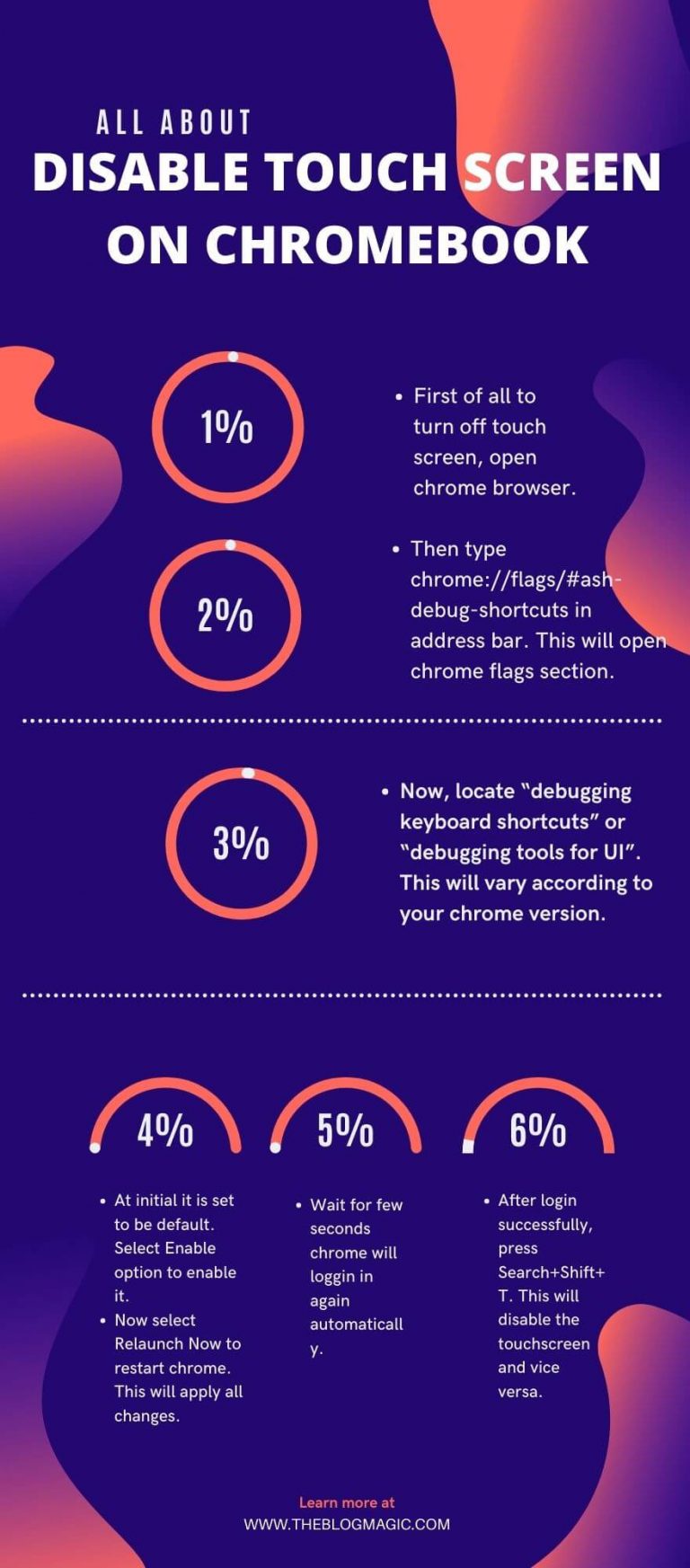In today’s world, Chromebooks are becoming increasingly popular due to their simplicity, speed, and versatility. However, there are times when the touch screen feature might become more of a hindrance than a help, especially if you’re using your Chromebook for tasks that require precision. This article will guide you on how to turn off the touch screen on your Chromebook, providing you with all the necessary details to make the process as smooth as possible.
Key Takeway
Turning off the touch screen on a Chromebook can be beneficial in various scenarios, such as when working with detailed spreadsheets, coding, or simply to avoid accidental touches. Here are the main points you need to know:
- You can disable the touch screen using a simple keyboard shortcut.
- The process is reversible, allowing you to re-enable the touch screen whenever needed.
- No additional software or advanced technical skills are required.
Deep Dive
Parties Involved
The primary users involved in turning off the touch screen on a Chromebook are everyday Chromebook users, including students, professionals, and casual users. Manufacturers like Google and other Chromebook makers ensure that the operating system (Chrome OS) supports such functionalities for user convenience. Additionally, IT administrators in educational or corporate settings might also need to disable touch screens for specific use cases.

Timeline of Events
The ability to disable the touch screen has been available in Chromebooks for several years. Initially, this feature was included to cater to users who preferred using a mouse or keyboard over touch input. The process has remained relatively consistent over time, with minor updates to ensure compatibility with newer Chromebook models and Chrome OS versions. As of 2024, the method described here works reliably across most Chromebooks.
Personal & Professional Impact
Disabling the touch screen on a Chromebook can significantly enhance productivity by reducing accidental touches, especially during tasks that require high precision. For instance, graphic designers, coders, and data analysts may find it easier to work without the touch screen. On a personal level, users who primarily use their Chromebooks for writing, reading, or browsing may appreciate the distraction-free experience that comes with turning off the touch screen.
Media Reaction
The option to disable the touch screen has generally been well-received by Chromebook users and tech reviewers. Many appreciate the flexibility it offers, allowing users to tailor their device settings to their specific needs. Tech blogs and forums often highlight this feature as a useful tip for enhancing Chromebook usability. For example, a popular tech blog recently praised the simplicity and effectiveness of this feature, noting that it can make a significant difference in user experience.
Future Prospects and Upcoming Plans
Looking ahead, it is likely that Chromebook manufacturers will continue to support and possibly enhance this feature. Future updates to Chrome OS may include even more customizable touch screen settings, allowing users to fine-tune their experience further. Additionally, as Chromebooks continue to evolve, we can expect more intuitive and user-friendly ways to manage device settings, including touch screen functionality.
Turning off the touch screen on a Chromebook is a straightforward process that can greatly enhance your productivity and user experience. Whether you’re working on detailed tasks or simply want to avoid accidental touches, disabling the touch screen is a useful feature that you can easily enable or disable as needed. By following the steps outlined in this article, you can take full control of your Chromebook’s touch capabilities and tailor your device to better suit your needs.
In summary, the ability to turn off the touch screen on a Chromebook is a valuable feature that adds to the versatility and user-friendliness of these devices. With the information provided, you can confidently manage your Chromebook settings and enjoy a more customized and efficient computing experience.
